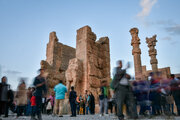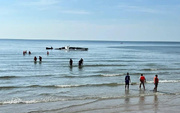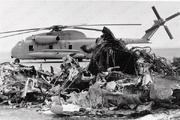The number of civilians killed was 506 (including 18 federal police, Sahwa civil defense, Personal Security Details, facilities protection police and fire department), and the number of civilians injured was 867 (including 41 federal police, Sahwa civil defense, Personal Security Details, facilities protection police and fire department). A further 474 members of the Iraqi Security Forces (including Peshmerga, SWAT and militias fighting alongside the Iraqi Army) were killed and 377 were injured. “The year 2015 has seen thousands of Iraqis killed and injured as a result of conflict and terrorism. This is unacceptable,” said the Special Representative of the United Nations Secretary-General for Iraq (SRSG) Mr. Ján Kubiš.
“The Iraqi people have every right to live in peace and tranquility. The United Nations continues to deplore this continuing loss of life,” he added. Baghdad was the worst affected governorate with 1048 civilian casualties (261 killed, 787 injured), Ninewa, 68 killed and 17 injured, while Salahadin 12 killed and 30 injured, Kirkuk 24 killed and 60 injured and Diyala had 10 killed and 60 injured. According to information obtained by UNAMI from the Health Directorate in Anbar, in December 2015 the governorate suffered a total of 139 civilian casualties (124 killed and 15 injured). Anbar casualty figures are until 29 December 2015, inclusive.
The total number of civilian casualties (killed and injured) for 2015 (including Police and including Anbar) in 2015 was 22,370 (7,515 killed and 14,855 injured).
There should be a note of caveat that UNAMI has been hindered in effectively verifying casualties in conflict areas. Figures for casualties from Anbar Governorate are provided by the Health Directorate and are noted below. Casualty figures obtained from the Anbar Health Directorate might not fully reflect the real number of casualties in those areas due to the increased volatility of the situation on the ground and the disruption of services. In some cases, UNAMI could only partially verify certain incidents. It has also received, without being able to verify, reports of large numbers of casualties along with unknown numbers of persons who have died from secondary effects of violence after having fled their homes due to exposure to the elements, lack of water, food, medicines and health care. For these reasons, the figures reported have to be considered as the absolute minimum.
UNIC/MNA






















Your Comment